Ohio Farm Bureau Podcast: Farmland Use and Farm Bill Talk
Get an update on the real estate picture in rural Ohio from Wright and Moore and find out why a new farm bill is a priority for Sunrise Cooperative and its members.
Read MorePerhaps it is time once again for a larger conversation about farmland preservation in our state, as each acre taken jeopardizes future food production and food security for our nation.
That was a message that was loud and clear from our members coming out of our 104th annual meeting in December. The Ohio Farm Bureau team and our volunteers will relay that same message to lawmakers in Columbus and Washington, D.C. throughout the year.
According to American Farmland Trust, over 500,000 agricultural acres will be taken out of production and converted to both urban and highly developed uses and low-density residential uses by 2040.
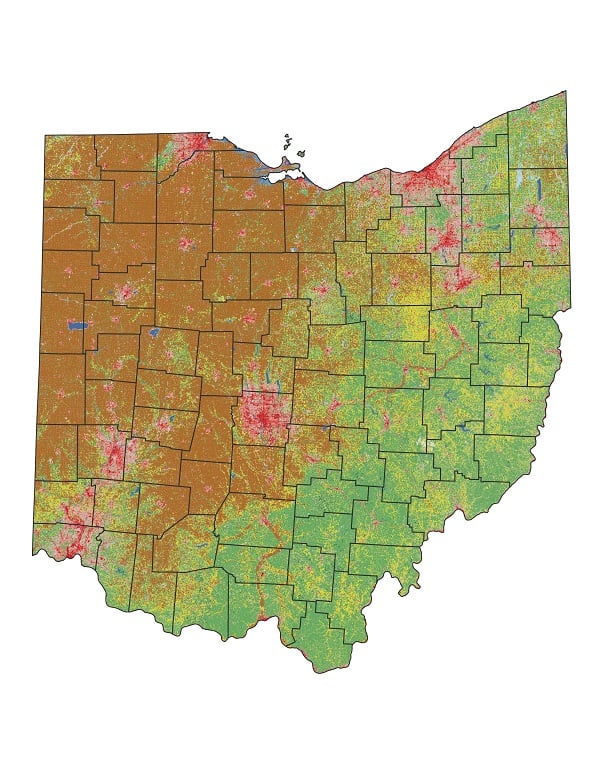
There are many different ideas as to how to protect the farmland we have in Ohio which, by the way, is almost half of the state. One of those is the Ohio Department of Agriculture’s Farmland Preservation Program. Since its inception, the program has helped 589 family farms in 61 counties preserve 91,507 acres in agricultural production. Currently, this important program faces legal challenges when it comes to development and eminent domain. Our members see the value in this program and the need to preserve it, so they are calling for the support of additional funding for the Local Agricultural Easement Purchase Program (LAEPP) to help meet the growing demand for farmland preservation efforts.
Another way to keep farmland viable is to have a plan for what happens to that land once the next generation takes over. Nationwide’s Land As Your Legacy program can help families have a clear vision for the long-term future of the farm. Many of us wish to see the farm continue for many years to come, but it is only a wish until you put it in writing. You can find out more by visiting with your local Nationwide representative.
In addition to those programs, the most effective way to protect Ohio farmland is to keep farms strong. If agricultural production is supported by lawmakers, farms will be sustainable. If the farm economy is working, those farms will thrive. And if those farms belong to an organization that is vigilantly protecting their best interests, like Ohio Farm Bureau, farm families will succeed.
There is no doubt that pressures from industry, investors, energy and sprawl will continue to mount across Ohio in a battle for highly productive ground. Perhaps it is time once again for a larger conversation about farmland preservation in our state, as each acre taken jeopardizes future food production and food security for our nation.
Farm Bureau will work diligently to find ways to help our state’s economy and population grow, while maintaining the land and resources to continue to feed both.
Adam Sharp is Ohio Farm Bureau executive vice president.
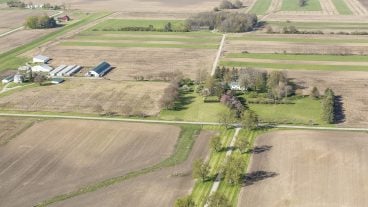
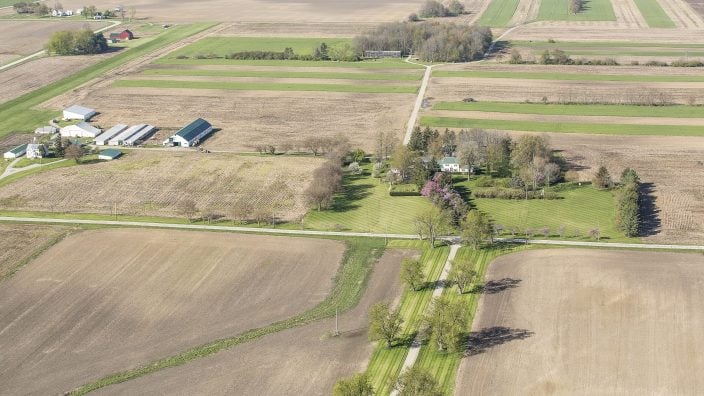
Get an update on the real estate picture in rural Ohio from Wright and Moore and find out why a new farm bill is a priority for Sunrise Cooperative and its members.
Read More

American Farmland Trust hopes its new national program, Land Transfer Navigators, will protect family farms and stem the flow of farmland to nonagricultural uses.
Read More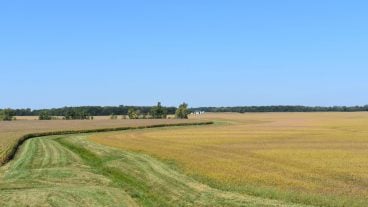
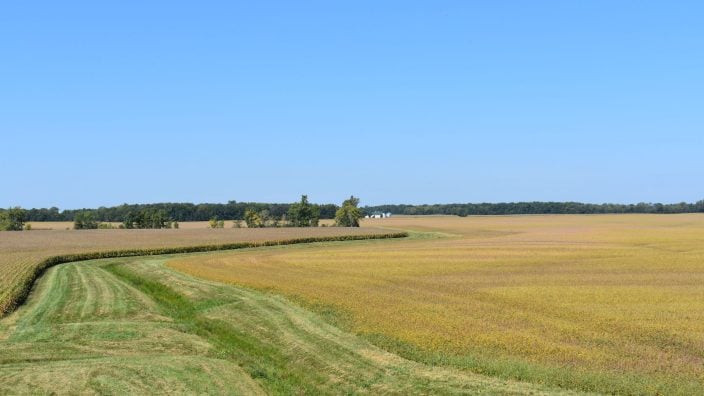
Ohio Farm Bureau 2024 priority issues focus on business climate, regulatory environment, preserving Ohio’s farming heritage, healthy rural communities, and grassroots advocacy.
Read More

Brooks Lamb previews his upcoming talk at the Young Ag Professionals Winter Leadership Experience as he shares his story of starting a farm career in a very challenging time.
Read More
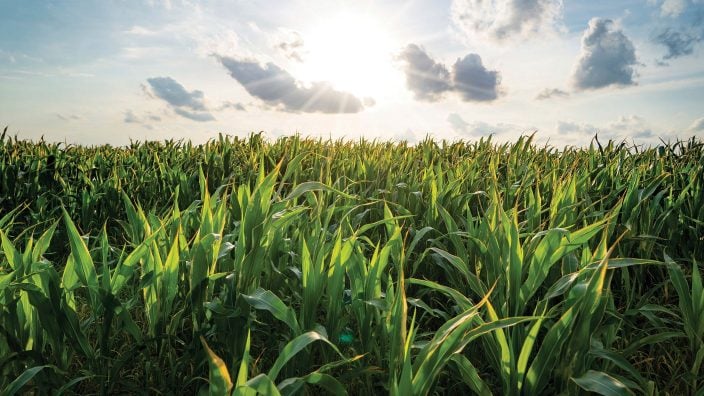
Perhaps it is time once again for a larger conversation about farmland preservation in our state, as each acre taken jeopardizes future food production and food security for our nation.
Read More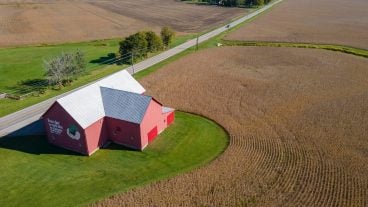

When ODOT initially unveiled its US Route 23 proposals, the Skinner family saw red flags all over the place and the need to take action.
Read More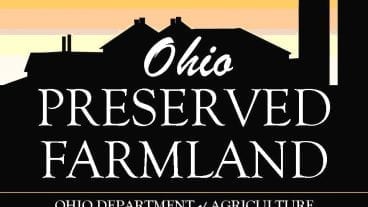
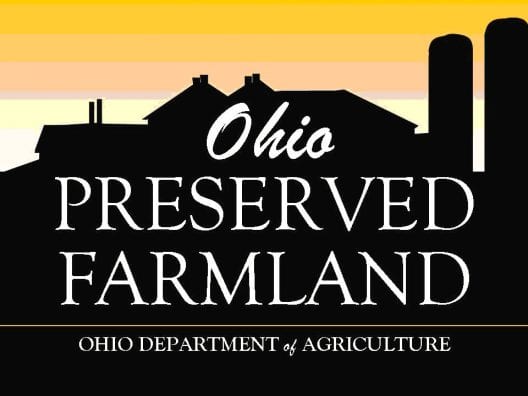
Licking County Soil and Water Conservation District has recently been certified as a local sponsor for the Ohio Department of…
Read More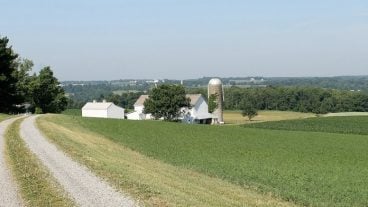
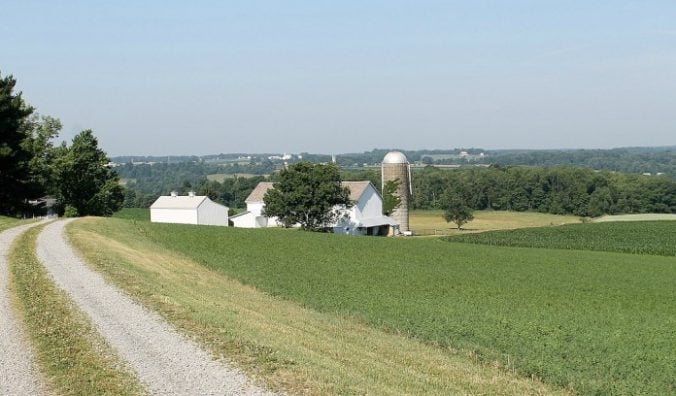
The Ohio Department of Agriculture (ODA) recently announced approval for local sponsors to purchase agricultural easements on 51 family farms…
Read More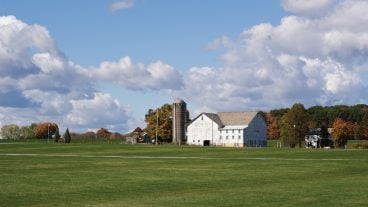
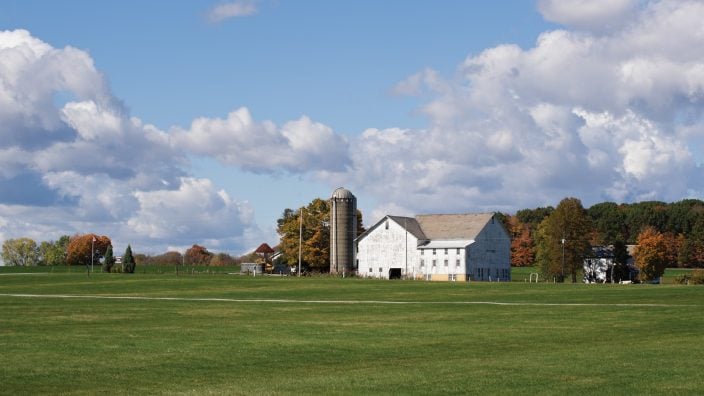
Thanks to the perseverance of our members and diligent work of Farm Bureau staff, Current Agricultural Use Value reform was…
Read More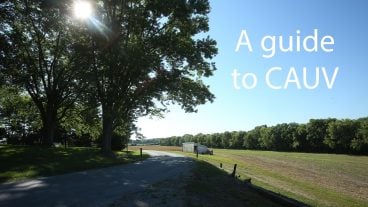
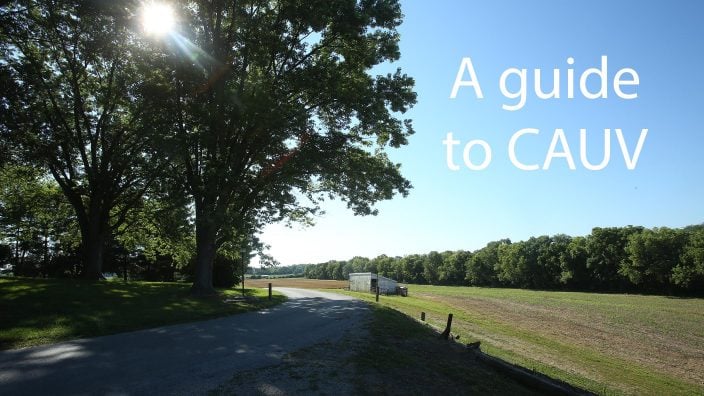
Farmers who are enrolled in the Current Agricultural Use Valuation (CAUV) program have been seeing sharp increases in the taxable value of their land. This story/graphic explains why.
Read More